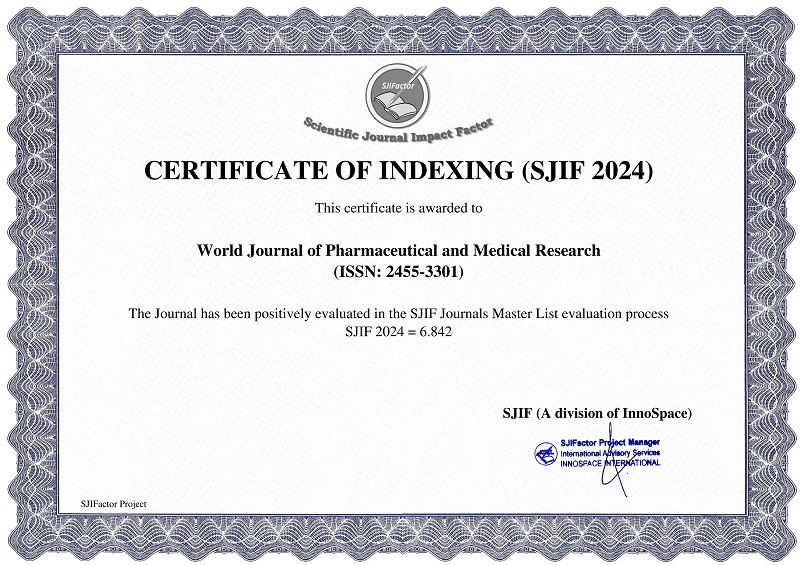ROLE OF JAYPALA (CROTON TIGLIUM LINN.) IN INDRALUPT (ALOPECIA AREATA) – A CRITICAL REVIEW
Dr. Ashish Vaishnava, Dr. Ramesh Chandra Tiwari*, Dr. Manisha Dikshit, Dr. Ved Bhushan Sharma, Dr. Bhawana Mittal
ABSTRACT
Croton tiglium, a plant species belonging to the Euphorbiaceae family, has been traditionally utilized in herbal medicine for various therapeutic purposes. Its potential for treating alopecia areata, a disorder marked by hair loss, has been investigated in recent studies. Croton tiglium, which has shown a number of pharmacological qualities, including anti-inflammatory and irritating actions, has many bioactive substances that make Croton tiglium famous. In alopecia, particularly androgenetic alopecia and alopecia areata, Croton tiglium’s bioactive compounds may stimulate hair follicles, enhance blood circulation to the scalp, and promote the regeneration of hair follicles. Clinical and experimental studies have yielded promising results, showing improvement in hair regrowth following topical applications of Croton tiglium’s seed extract or oil alone or with other formulations. However, the use of Croton tiglium requires caution due to its irritant nature, which can cause skin inflammation or sensitivity in some individuals. Further clinical trials are necessary to establish the safety, optimal dosage, and long-term efficacy of Croton tiglium in the management of alopecia. This review provides an overview of the current understanding of Croton tiglium’s potential in alopecia treatment, highlighting the need for controlled studies to evaluate its therapeutic value and adverse effects.
[Full Text Article] [Download Certificate]



